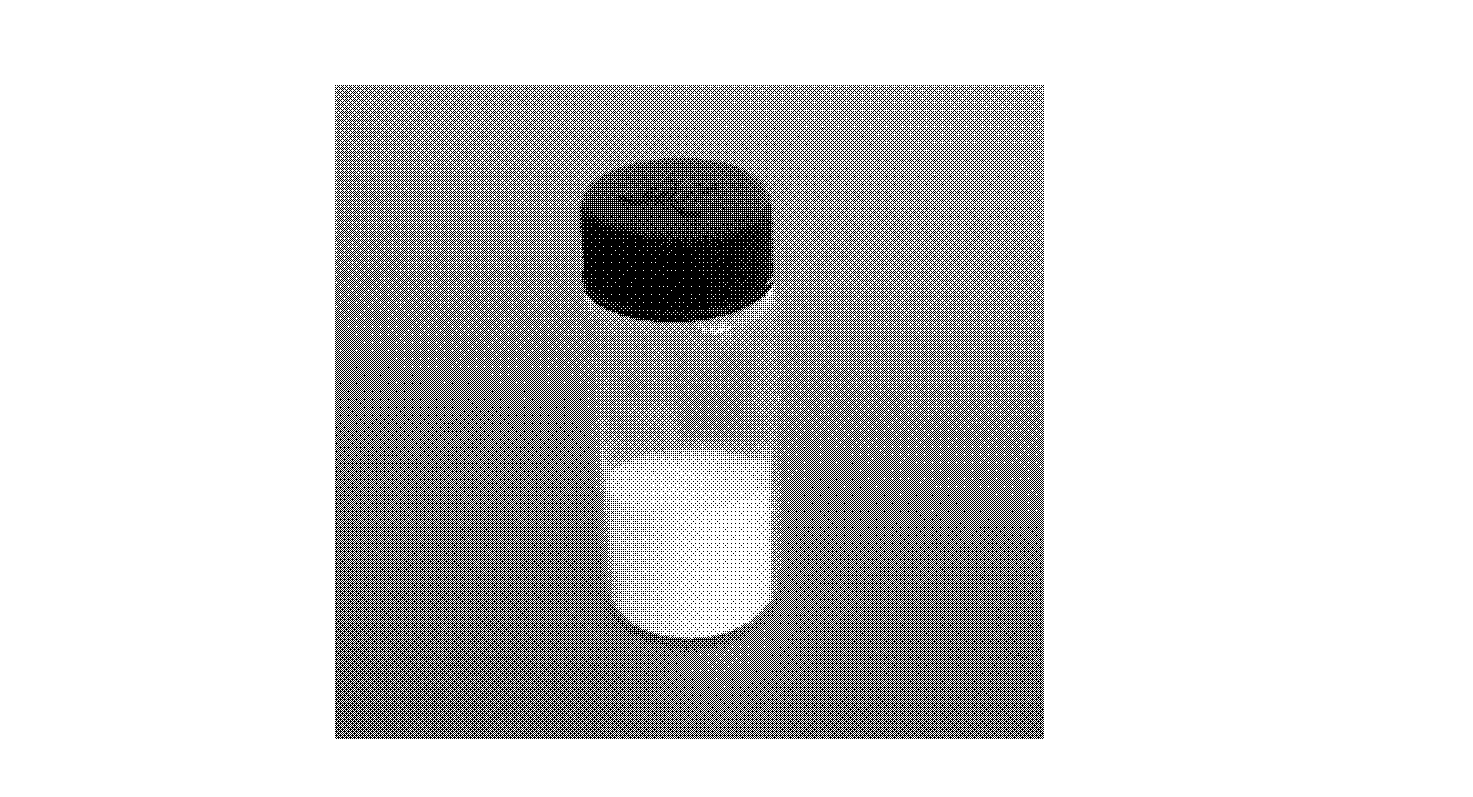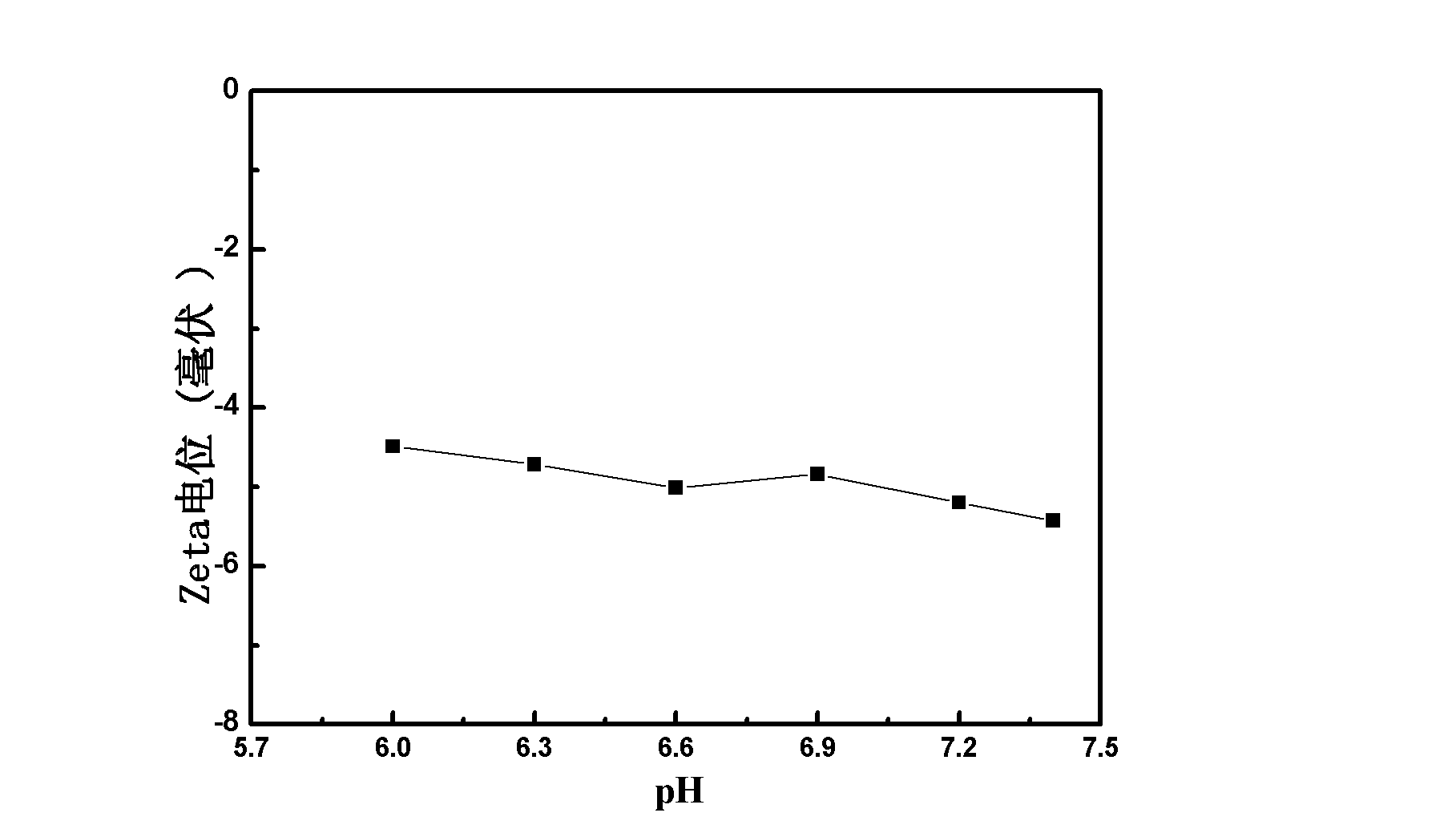Calcium-complex starch-based microporous haemostatic material, and preparation method and application thereof
A hemostatic material, starch-based technology, applied in the fields of medical science, bandages, absorbent pads, etc., can solve the problems of difficult in vivo degradation, high preparation cost, poor biocompatibility, etc., and achieve good biocompatibility, easy preparation, and low cost. low effect
- Summary
- Abstract
- Description
- Claims
- Application Information
AI Technical Summary
Problems solved by technology
Method used
Image
Examples
preparation example Construction
[0062] Preparation method of starch-based microporous hemostatic material
[0063] The preparation method of the starch-based microporous hemostatic material of the present invention includes the following steps:
[0064] (1) Preparation of microporous starch
[0065] Add starch and enzyme to phosphate buffer, stir at 45-80℃ and pH 5-7 for enzymatic hydrolysis reaction, 4-15 hours later, centrifuge and dry to obtain microporous starch; wherein,
[0066] The mass ratio of starch and enzyme is 1: (0.01-0.2);
[0067] The mass-volume ratio of the total amount of starch and enzyme to the phosphate buffer is 100g: (250-1000) ml;
[0068] (2) Carboxymethylation of microporous starch
[0069] Dissolve monochloroacetic acid in ethanol, add sodium hydroxide solution to pH 6.5~7, mix it into the microporous starch prepared in step (1) of ethanol dissolving, stir well, and at 50-80℃ Continue stirring and heat preservation to react for 4-8 hours, add acetic acid to neutralize the pH to 6.5-7, filter...
Embodiment 1
[0110] First, weigh 100g tapioca starch and 1g glucoamylase, add to 250ml, pH=5 phosphate buffer solution, stir well, carry out hydrolysis reaction at 45℃ for 4 hours, centrifuge at 4000r / min, and Vacuum drying for 24 hours to obtain microporous starch.
[0111] Dissolve 8g of monochloroacetic acid in ethanol, adjust it to neutrality with 0.3mol / L sodium hydroxide solution, mix it into the microporous starch prepared above dissolved with 80g of ethanol, stir well and transfer it to a constant temperature bath. Under the condition of 50℃, the reaction was carried out with continuous stirring and heat preservation at 45r / min. After 4 hours, the reaction was completed, acetic acid was added to neutralize the pH to 6.5, filtered, washed with ethanol 3 times, and dried for 24 hours to obtain carboxymethyl microporous starch.
[0112] Finally, the carboxymethylated microporous starch obtained in the above reaction was added to a saturated calcium chloride solution, complexed and assembl...
Embodiment 2~4
[0114] Examples 2 to 4 repeat the experimental steps of Example 1, except that some experimental conditions are shown in Table 1-3.
[0115] The pure microporous starch prepared in Example 1 was observed by scanning electron microscope (SEM) (see attached figure 2 (a) and (b)) and the microstructure of the calcium complex microporous starch prepared in Example 2 and Example 4 (see attached figure 2 (c) and 2(d)). It can be seen from the figure that the prepared calcium-complexed microporous starch particles have a diameter of about 10-20 μm, and the surface is covered with small holes with a diameter of about 1-5 μm, and the pores are embedded from the surface to the center to form a cavity.
[0116] The average pore size of the calcium-complexed microporous starch prepared in Examples 1 to 4 is shown in Table 4. It can be seen from Table 4 that with the prolongation of the enzymatic hydrolysis reaction time, the average pore diameter of the calcium-complexed microporous starch o...
PUM
 Login to View More
Login to View More Abstract
Description
Claims
Application Information
 Login to View More
Login to View More - R&D
- Intellectual Property
- Life Sciences
- Materials
- Tech Scout
- Unparalleled Data Quality
- Higher Quality Content
- 60% Fewer Hallucinations
Browse by: Latest US Patents, China's latest patents, Technical Efficacy Thesaurus, Application Domain, Technology Topic, Popular Technical Reports.
© 2025 PatSnap. All rights reserved.Legal|Privacy policy|Modern Slavery Act Transparency Statement|Sitemap|About US| Contact US: help@patsnap.com



